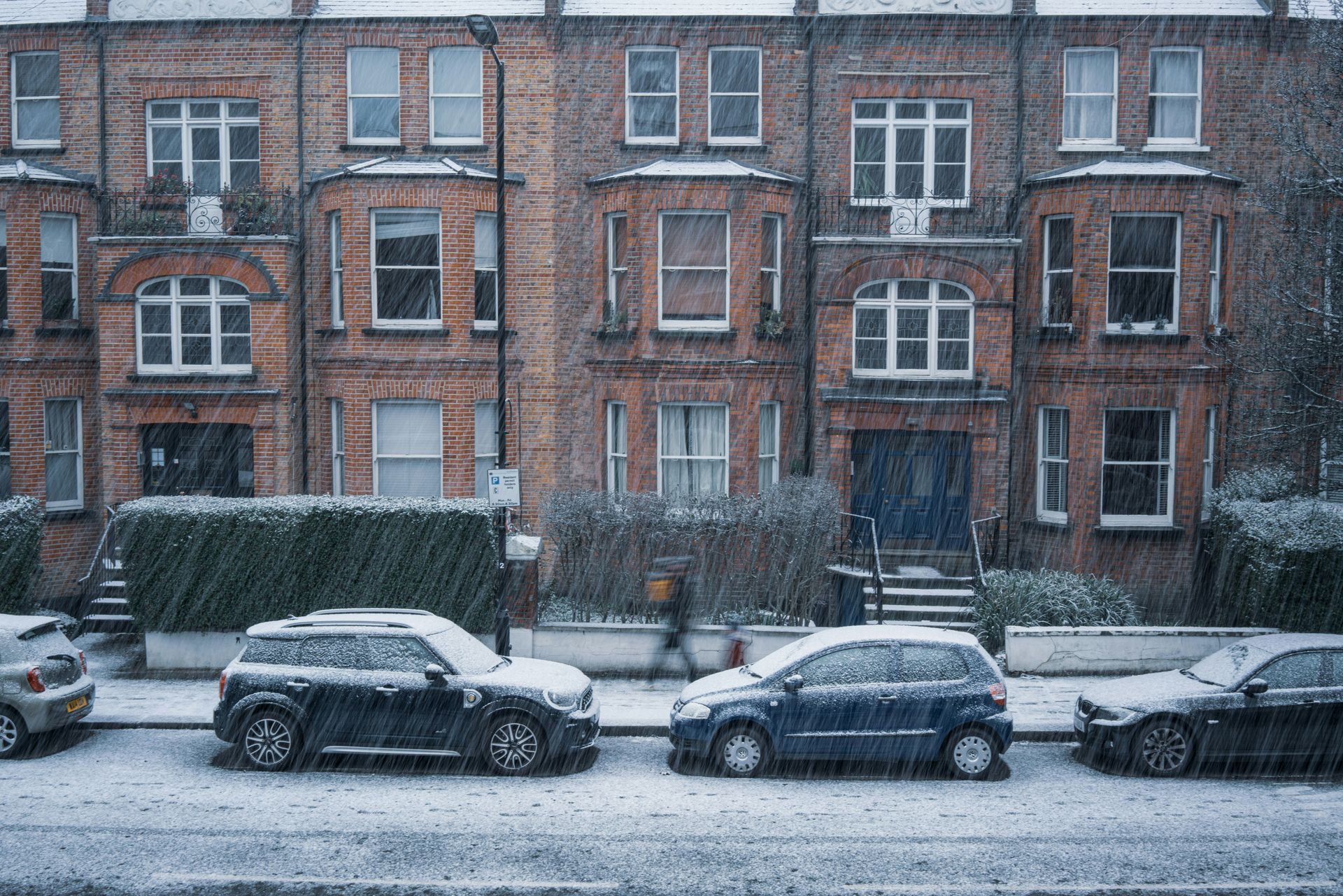Self-Serve Party Wall Notices – A Complete Guide

When you’re planning building work that might affect a shared wall, boundary, or structure with your neighbour, UK law requires you to follow the Party Wall etc. Act 1996. One of the first steps is serving a formal Party Wall Notice. Traditionally, many people hire a surveyor to do this, but with the right understanding, some choose to handle it themselves, this is known as a self-serve Party Wall Notice.
This guide walks you through what a self-serve notice is, its pros and cons, the process, and the key things you need to get right.
1. What Is a Party Wall Notice?
A Party Wall Notice is a written communication you must send to your neighbour(s) before carrying out certain types of building works, such as:
- Alterations to a shared (party) wall.
- Excavations close to a neighbouring property.
- Building on or near the boundary line.
The notice tells your neighbour what you plan to do and gives them the legal right to either consent or dissent (which may trigger the need for a surveyor).
2. What Does “Self-Serve” Mean?
A self-serve Party Wall Notice means you prepare and deliver the notice yourself, without hiring a party wall surveyor at this stage. You’ll:
- Identify the correct notice type.
- Fill in the required details.
- Deliver it to the neighbour(s) in the correct way.
It’s perfectly legal to do this provided the notice contains all the legally required information and is served in accordance with the Act.
3. When a Self-Serve Approach Works Best
A self-serve notice can be a good option if:
- Your building work is simple and low-risk.
- You have good communication with your neighbour.
- You understand the legal requirements.
- You’re comfortable handling paperwork.
If the work is complex or your neighbour is likely to object, professional help early on may save time and disputes later.
4. Benefits of Serving the Notice Yourself
- Cost-saving – Avoids initial surveyor fees (which can be £200–£500 just for serving notices).
- Control – You handle the timing and details.
- Learning experience – Understanding the Act helps you manage the project.
5. Risks and Challenges
- Technical accuracy – If you make errors (wrong notice type, missing info, or improper delivery), the notice could be invalid, causing delays.
- Neighbour’s reaction – Without a professional explanation, neighbours might feel uneasy and dissent automatically.
- Legal exposure – Mistakes can lead to disputes, compensation claims, or work delays.
6. Types of Party Wall Notices
The Act specifies different notices depending on the work:
Section 1 Notice – For building a new wall at the boundary.
Section 3 Notice – For work directly affecting an existing party wall (cutting in beams, removing chimney breasts, raising the wall, etc.).
Section 6 Notice – For excavations within certain distances and depths near a neighbour’s building.
You must choose the correct type (sometimes more than one applies).
7. Key Information a Notice Must Contain
To be valid, your self-serve Party Wall Notice must include:
- Your name and address (as the building owner).
- Your neighbour’s name and address (the adjoining owner).
- A clear description of the proposed work.
- The site address (if different from your own).
- Plans, drawings, and sections if relevant.
- The proposed start date (must allow the statutory notice period 1 month for excavation/new wall, 2 months for party wall works).
- The section of the Act under which the notice is served.
- A date and signature.
8. How to Serve the Notice
There are three legal ways to serve a Party Wall Notice:
Delivering it in person to the neighbour.
Sending by post to their usual or last-known address.
Email – Only if the neighbour has agreed to receive notices electronically.
Keep proof of delivery (recorded delivery receipts, a signed note, or an email acknowledgment).
9. Neighbour’s Options After Receiving Your Notice
After getting your self-serve notice, your neighbour can:
- Consent in writing – No surveyor needed, and you can start work after the notice period.
- Dissent – They want a party wall award in place, triggering surveyor involvement.
- Do nothing – If they don’t respond within 14 days, it’s treated as dissent.
10. Common Mistakes in Self-Serve Notices
- Using the wrong notice template.
- Missing mandatory details (like start dates).
- Serving the notice too late.
- Not serving all legal owners (e.g., joint owners, freeholders, or leaseholders).
- Giving inadequate or unclear descriptions of the work.
11. Self-Serve Doesn’t Always Mean Surveyor-Free
Even if you serve the notice yourself, you might still need a surveyor later if your neighbour dissents. The surveyor(s) will produce a Party Wall Award, setting out how and when the work should be done to protect both properties.
12. Templates and Resources
You can find free notice templates online (Gov.uk provides basic forms), but make sure you adapt them to your project. Include clear plans or sketches so your neighbour understands the scope.
13. Tips for Success with Self-Serve
- Talk first – A friendly chat before serving the notice can prevent misunderstandings.
- Be clear – Use plain language and visual aids.
- Be organised – Keep copies of all documents and proof of service.
- Know the timelines – Respect the statutory periods before starting work.
14. When to Abandon DIY and Call a Professional
- Complex structural changes.
- Unclear property boundaries.
- Strained neighbour relations.
- Multiple adjoining owners.
A surveyor’s expertise can help avoid costly disputes.
A self-serve Party Wall Notice can be a cost-effective way to start building works that fall under the Party Wall etc. Act 1996, but only if you’re confident about the process. Get the notice type right, serve it properly, and keep communication open with your neighbour. If complications arise, don’t hesitate to bring in a professional sometimes, the smoothest projects are a blend of DIY and expert help.
For friendly professional advice, contact us or call now and speak with a
specialist Party Wall Surveyor.









